The more exposed to rain and sun, the more durable the concrete created by the ancient Romans became thanks to a special secret in the materials and the way of mixing concrete.
The ancient Romans were known as masters of construction and engineering. One of their most impressive masterpieces was their aqueduct system, which still functions today. The timeless durability of Roman structures is largely attributed to a unique material called pozzolanic concrete.
Named after the city of Pozzuoli, Italy, this type of concrete is what has allowed many Roman structures to survive thousands of years. A prime example is the Pantheon, the largest unreinforced concrete structure in the world . After nearly 2,000 years, the Pantheon is still standing, a testament to the sophistication of ancient Roman engineering.
Roman concrete and the "secret" of self-healing
Pozzolanic concrete is made from a mixture of volcanic ash (pozzolana) and lime. When mixed with water, the two ingredients react chemically to create a durable concrete. But the secret to Roman concrete lies not only in the ingredients, but also in how the Romans mixed them.
Scientists have found small white lumps of lime in excavated Roman concrete samples. Previously, it was thought that this was the result of poorly mixed concrete or poor quality materials. However, research from a team of scientists at the Massachusetts Institute of Technology (MIT) has shown the opposite. These lumps of lime are not a technical error, but the "key" to the outstanding durability of Roman concrete.
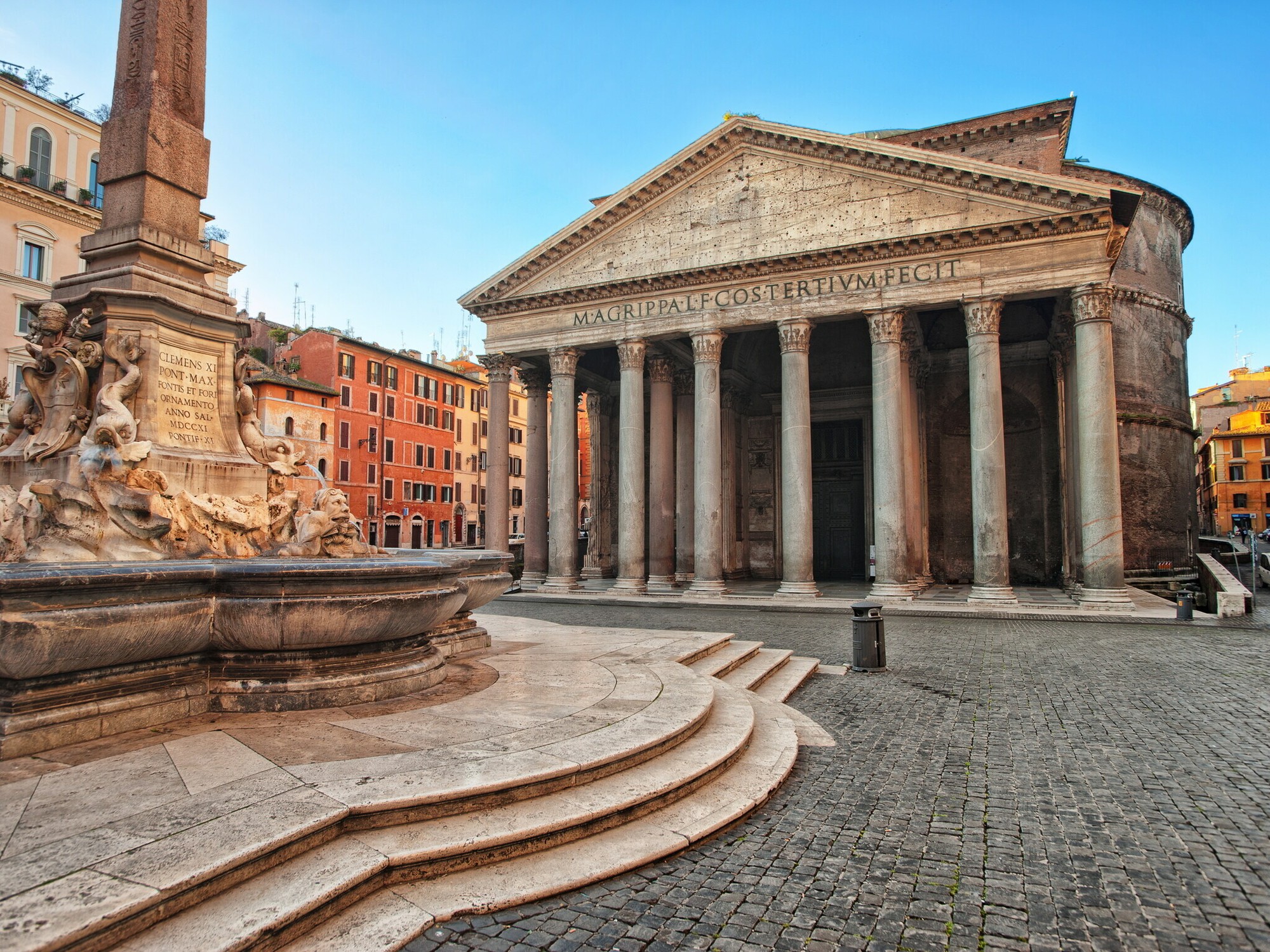
A team of MIT researchers led by Admir Masic analyzed 2,000-year-old concrete samples from the site of Privernum in Italy. They found that instead of using slaked lime (a common lime made from calcium hydroxide), the Romans likely used quicklime (calcium oxide) and mixed it directly with pozzolana and water at very high temperatures. This technique is called “hot mixing.”
According to research, the hot mixing process offers two important benefits. First, the high temperatures create special chemical compounds that cannot be formed with slaked lime alone, giving the concrete greater strength. In addition, the curing and hardening time of the concrete is shortened, allowing the Romans to build faster.
The most unique feature of the hot mix technique is the self-healing ability of concrete. When concrete cracks, the cracks tend to spread to the lime lumps in the concrete mass. When exposed to water, the lime reacts chemically, creating a calcium-rich solution. This solution dries, forming calcium carbonate, and "patches" the cracks, preventing them from spreading.
Evidence from ancient structures
This ability to self-heal has been clearly observed in ancient Roman structures. For example, in the tomb of Caecilia Metella, cracks in the concrete have been completely filled with calcite – a crystalline form of calcium carbonate. In 2,000-year-old seawalls, Roman concrete has survived almost intact despite being constantly battered by the ocean. Simply put, the more rain, wind, and harsh weather it endured, the stronger Roman concrete became.

To test their theory, the team recreated Roman concrete using a hot-mixing technique with quicklime. They also created a version of concrete without lime for comparison. The results showed that Roman concrete repaired its cracks within two weeks, while conventional concrete remained cracked.
Roman concrete is not only a testament to the creativity and foresight of the ancient Romans, but also an inspiration for the modern construction industry. Its self-healing ability and incredible durability could open up new directions for future building materials, especially in the context of the need for environmentally friendly solutions.
Source: https://giadinh.suckhoedoisong.vn/vi-sao-be-tong-la-ma-2000-nam-tuoi-van-danh-bai-be-tong-thoi-nay-ve-do-ben-bi-172241203073635492.htm




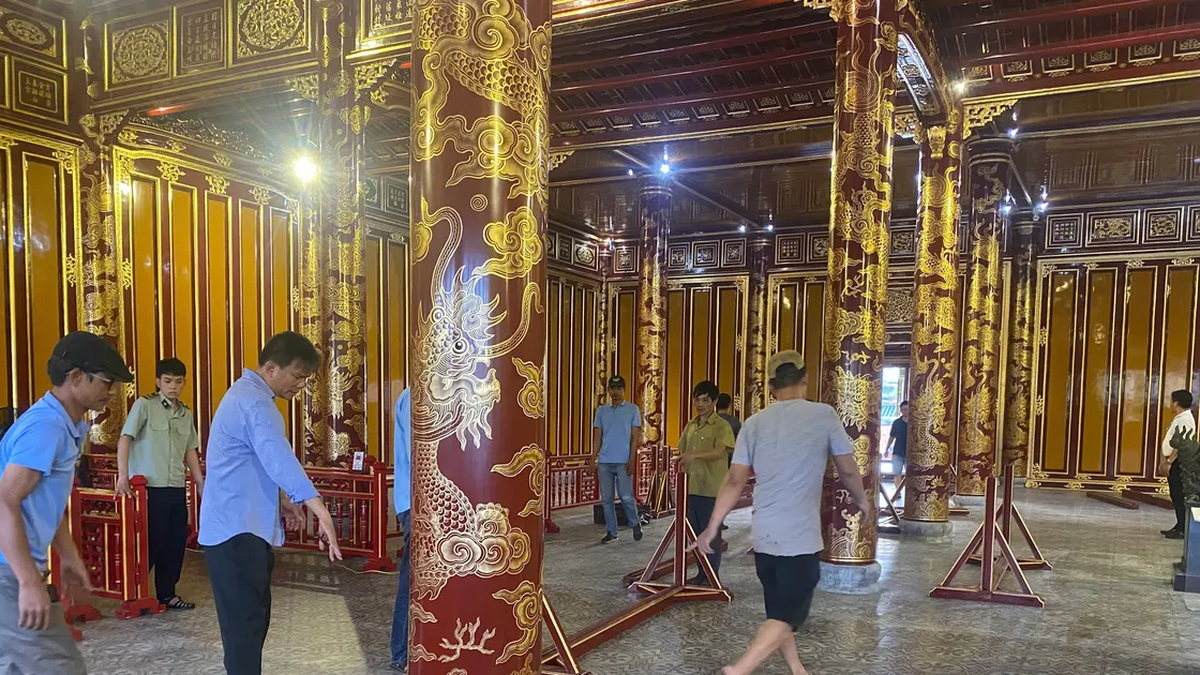
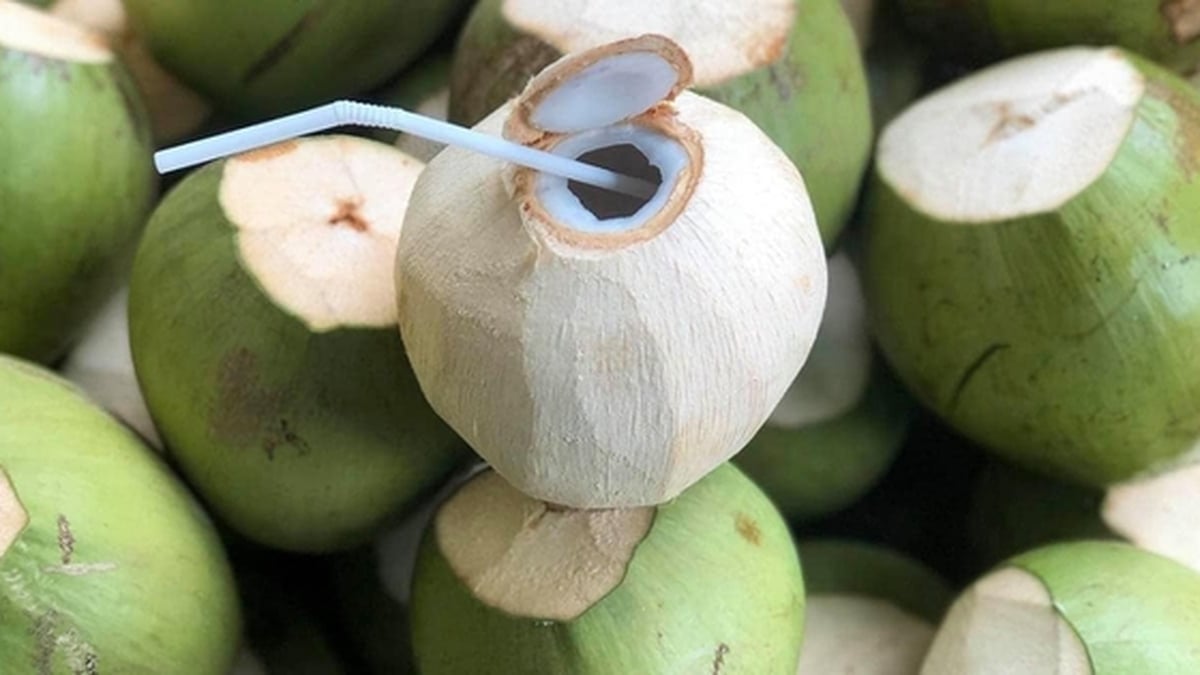


![[Video] Forecast of benchmark scores of mid-ranking universities to drop sharply](https://vphoto.vietnam.vn/thumb/1200x675/vietnam/resource/IMAGE/2025/7/18/be12c225d0724c00a7e25facc6637cb9)


























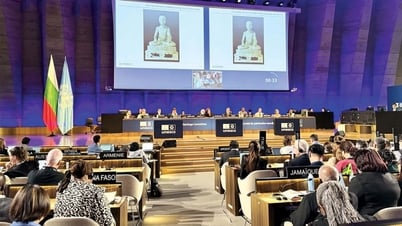

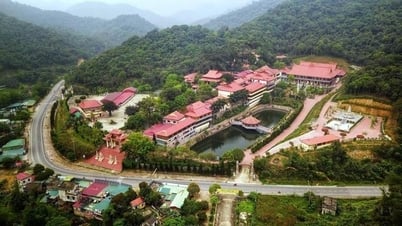

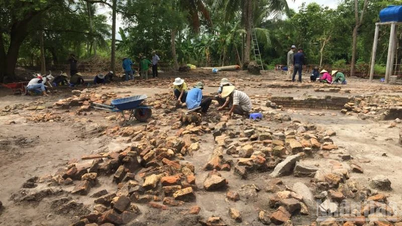
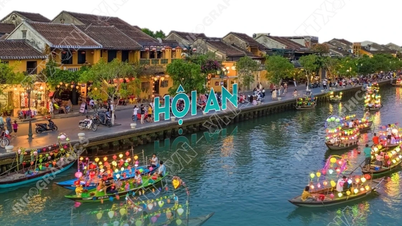

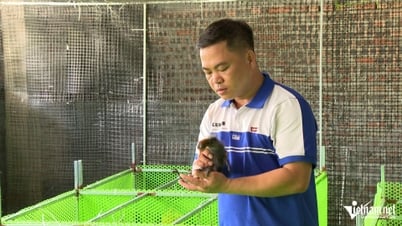











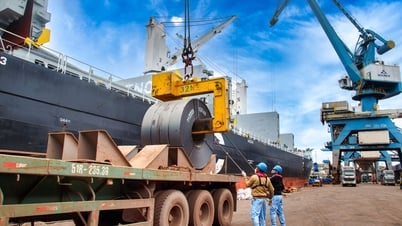





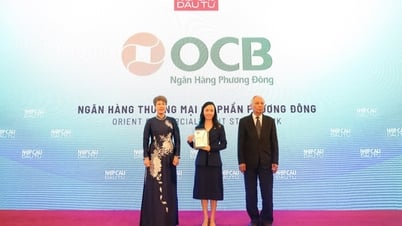
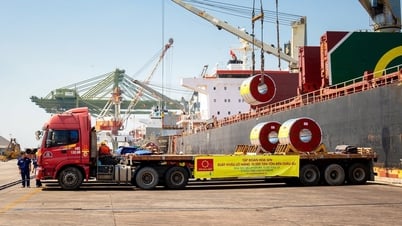
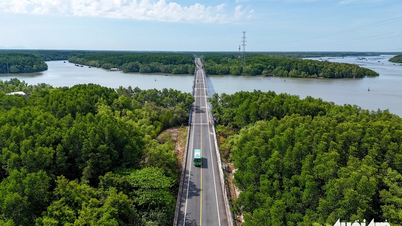


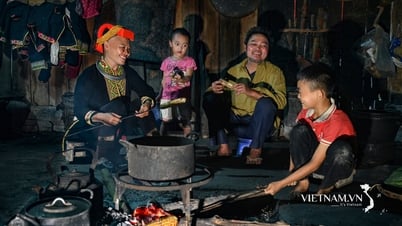









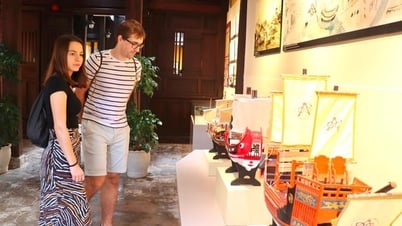




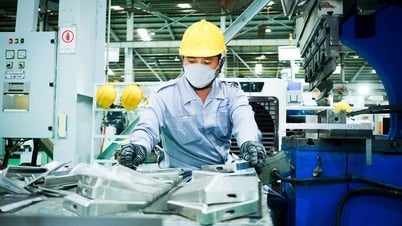














![[Infographic] In 2025, 47 products will achieve national OCOP](https://vphoto.vietnam.vn/thumb/402x226/vietnam/resource/IMAGE/2025/7/16/5d672398b0744db3ab920e05db8e5b7d)



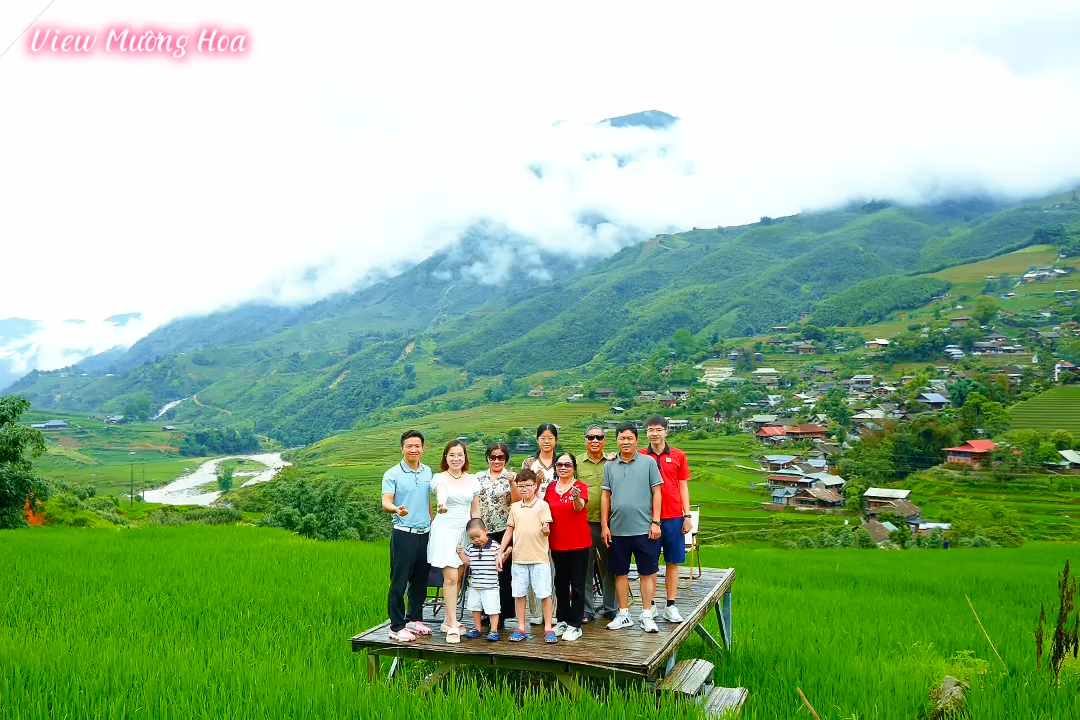
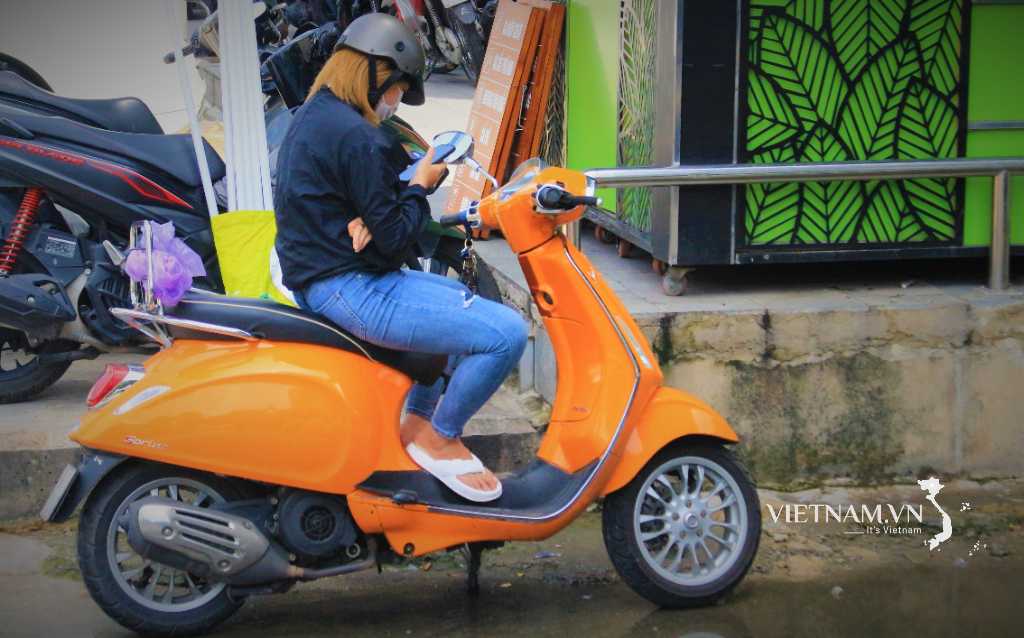


Comment (0)